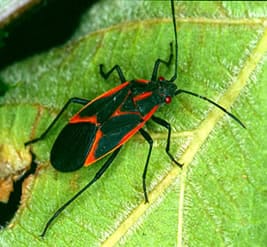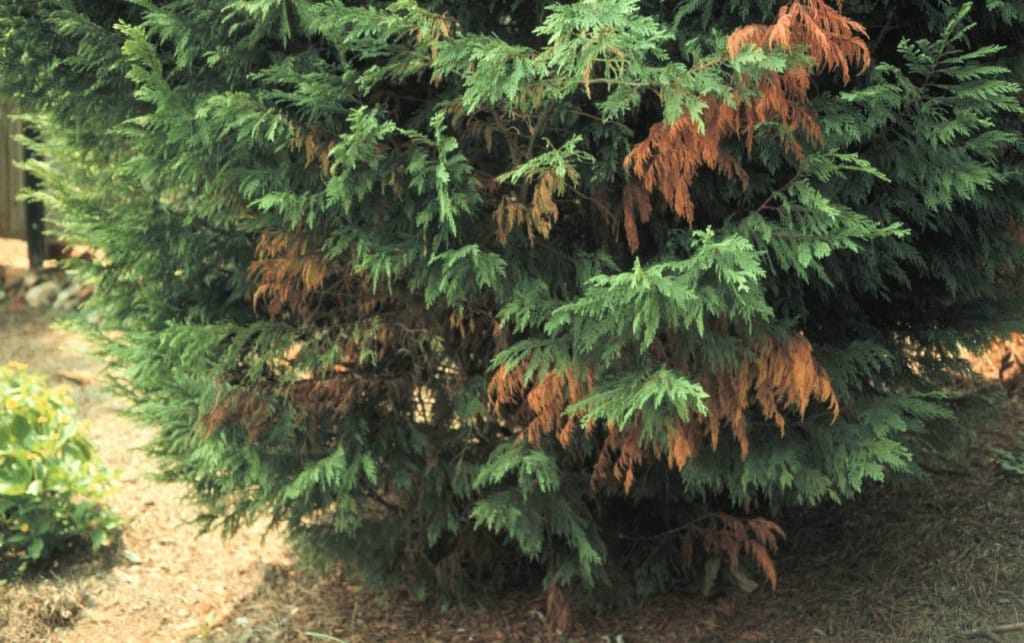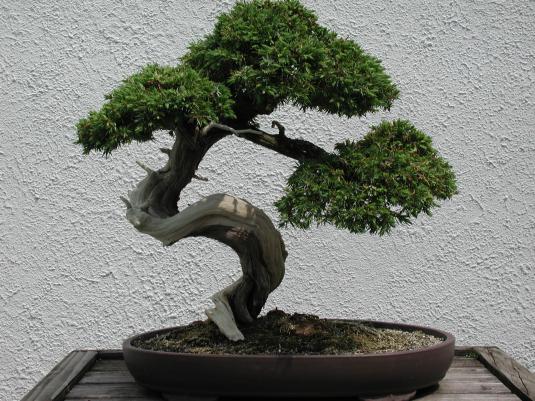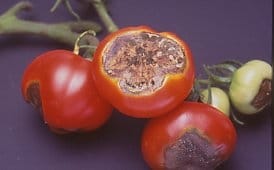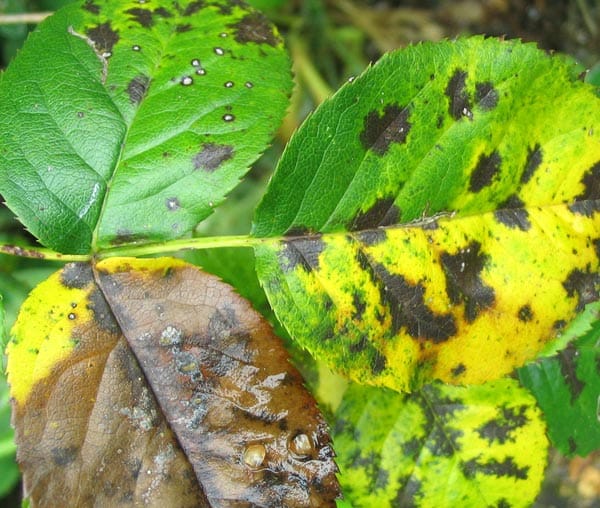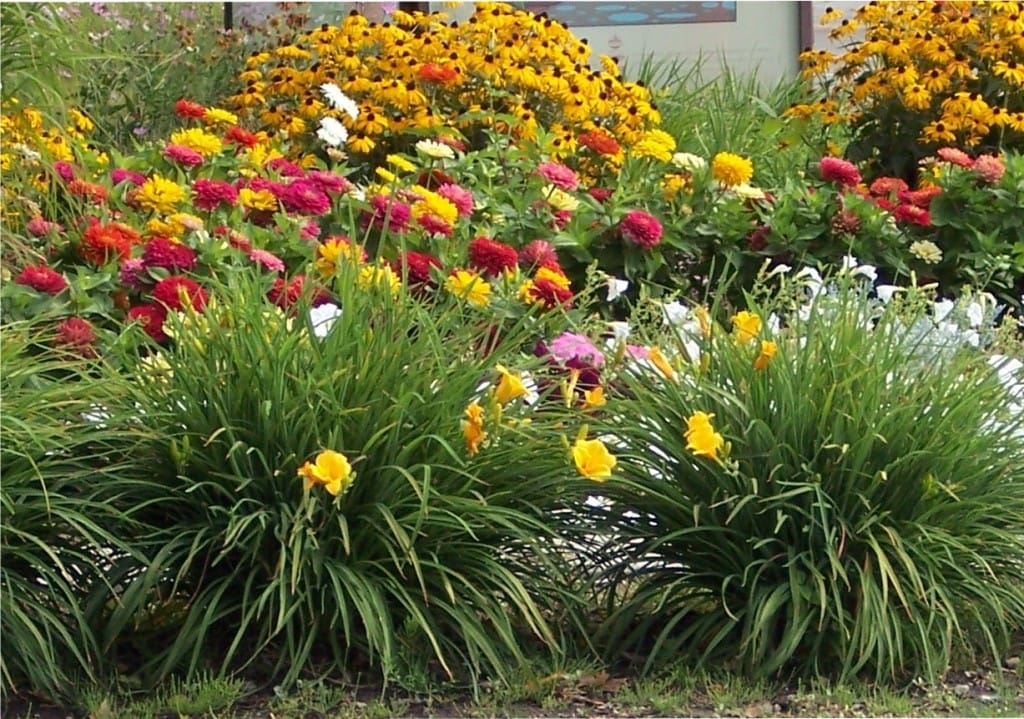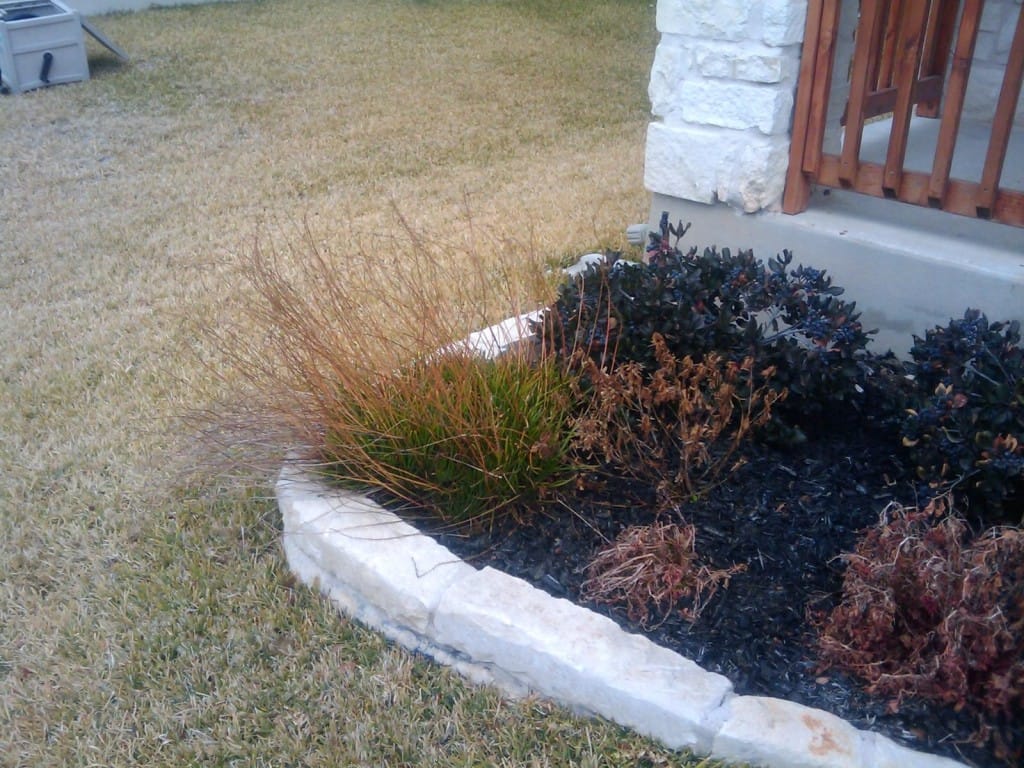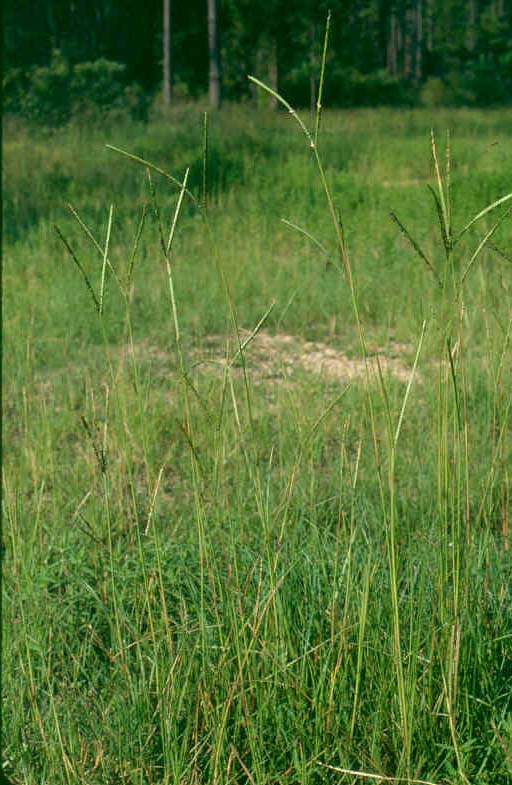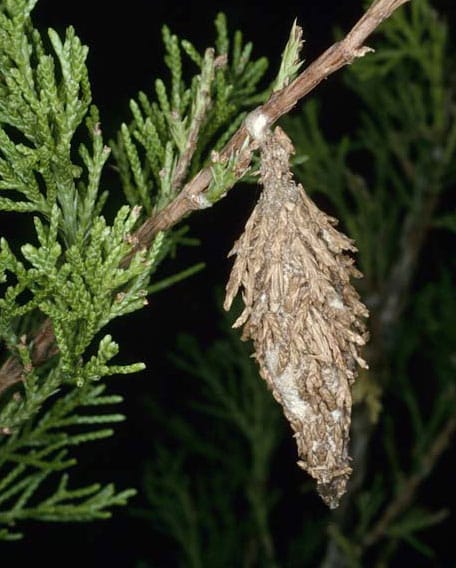Source(s): Jim Howell, Ph.D., Entomologist, The University of Georgia
Noticed any peculiar “red and black” bugs that suddenly appeared in large numbers inside your home? Or perhaps on south or west-facing outside walls? Their appearance almost always coincides with unusually warm winter days.
These are boxelder bugs that have been temporarily “activated” by the warm temperatures and come inside through any cracks or fissures that they can find leading in from outside of your home.
Identification
Adult boxelder bugs are about 1/2 inch long, slate gray in color, with three red stripes behind the head and red lines on the wings. The rear margin of the wings is reddish, and the abdomen beneath the wings is also red, as are the eyes. Nymphs are very bright red, with darker heads.
Biology/Life Cycle
In late summer and fall, large numbers of adult and large nymph boxelder bugs come together, usually on the bark of boxelder trees, before moving to an overwintering site.They fly or crawl to a suitable retreat for the winter. These insects seek and find almost any crack or crevice — in walls, door and window casings, rock piles, tree holes and the foundations of houses.
On warmer winter days, they will often emerge and rest on the south or west sides of our houses, usually on white or very light surfaces. If they have access to the inside, they may also appear there in large numbers. Adults emerge from these overwintering sites in March and early April and feed for about two weeks prior to mating. Females begin egg-laying in cracks and crevices near host plants.
In addition to box elder, this insect feeds on apple, ash, buckeye, maple, plum, cherry, peach and grape as well as other ornamentals. Around the middle of July, new adults lay eggs for a second generation by early autumn.
Damage
Boxelder bugs feed primarily on box elder and maple seeds but also suck sap from the leaves and twigs. Despite this, they do little damage to their primary hosts. Because of their fall invasion of our homes, this insect is more commonly considered a household pest.
Their fecal material may stain wallpaper, upholstery, curtains and other furnishings. Also, these insects may emit a foul odor when crushed.
Control
It is very difficult to control boxelder bugs after they have gotten into the home. Individual bugs can be removed by hand or with a vacuum cleaner.
Although household sprays containing pyrethroids will kill these insects on contact, it is far better to prevent them from getting in by sealing or weatherstripping all cracks and crevices through which they might gain admittance. Windows, including those in the attic, should have screens or storm windows. Vents in soffits and crawl spaces should also be screened.
When they gather in large numbers at various times in the fall, the aggregation is vulnerable to an insecticide that can eliminate a great many at one time. One may also eliminate harborages like rock piles, lumber and leaves that have accumulated near the house.
Because female boxelder trees are the single most important food source for these insects, removal of female trees will greatly reduce the numbers of box elder bugs.
Usually, populations are not large enough to warrant the use of pesticides, but if they are needed for use on clusters, permethrin or carbaryl (Sevin) is appropriate.
Resource(s): Insect Pests of Ornamental Plants
Center Publication Number: 167
